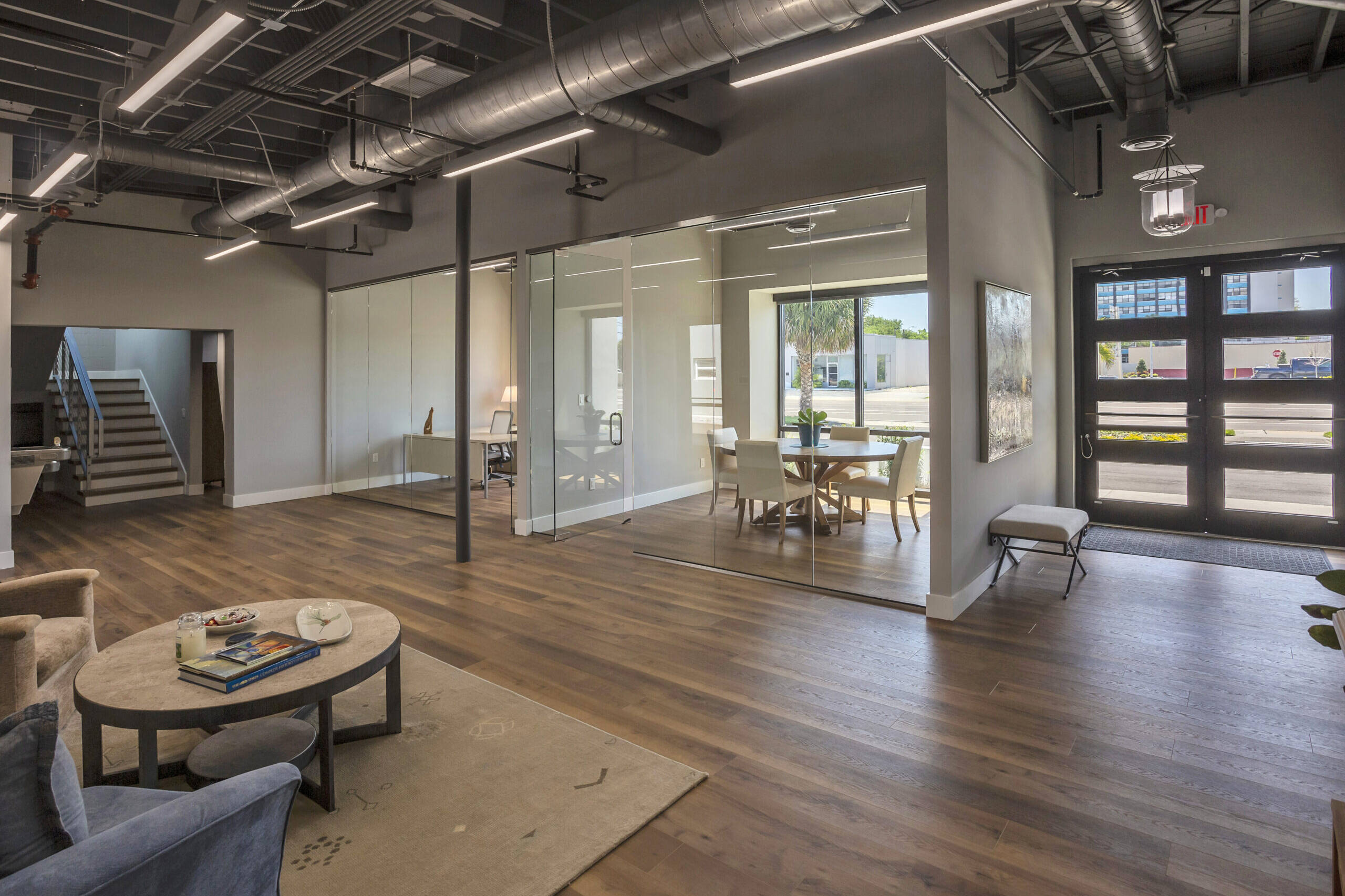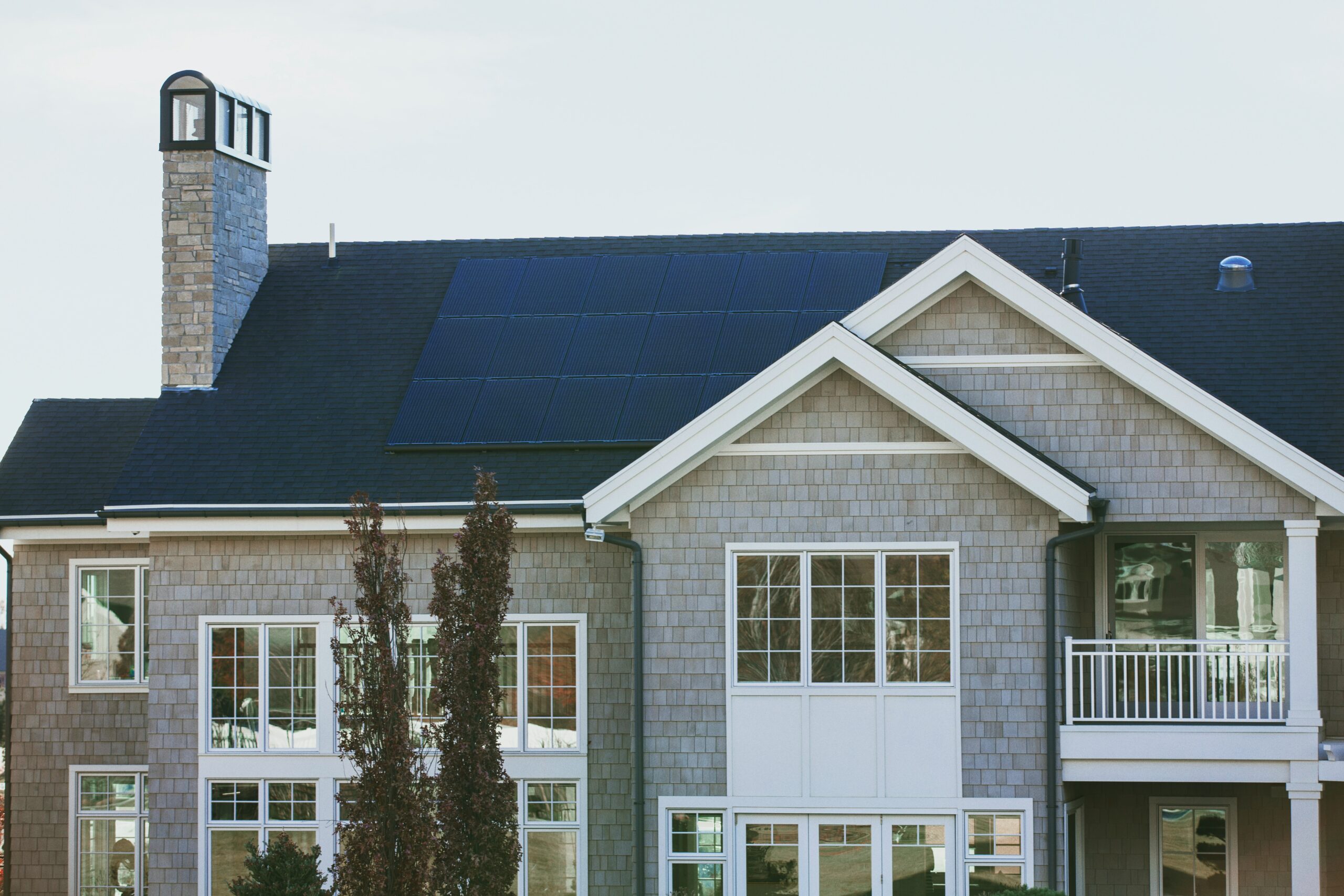Article Voiceover
Water conservation is a crucial aspect of sustainable building practices. Reducing water consumption in commercial buildings can lead to lower utility costs, improved environmental performance, and compliance with local water regulations. Here are several strategies to consider for minimizing water use in commercial properties:
- Install Low-Flow Fixtures: Replace conventional faucets, shower heads, and toilets with low-flow alternatives that use significantly less water. Aerators on faucets and high-efficiency toilet flush systems can drastically reduce water consumption without compromising performance.
- Utilize Water-Saving Appliances: Choose energy-efficient appliances for kitchens, restrooms, and laundry facilities. Look for products with the EPA’s WaterSense or ENERGY STAR labels designed to conserve water and energy.
- Implement Smart Irrigation Systems: Use smart irrigation controllers and moisture sensors to optimize landscape watering schedules based on weather conditions, soil moisture, and plant needs. This can prevent overwatering and ensure that plants receive the appropriate amount of water.
- Practice Rainwater Harvesting: Collect rainwater from rooftops and other surfaces for irrigation, toilet flushing, or other non-potable applications. Rainwater harvesting systems can significantly reduce the demand for municipal water, especially in regions with high rainfall.
- Use Greywater Recycling Systems: Greywater is lightly used water from sinks, showers, and laundry machines that can be treated and reused for irrigation, toilet flushing, and other non-potable uses. Greywater recycling can help conserve water resources and reduce wastewater discharge.
- Opt for Drought-Tolerant Landscaping: Replace water-intensive plants with drought-tolerant or native species that require less irrigation. Implement xeriscaping principles to create attractive, low-water landscapes that reduce the need for supplemental watering.
- Regularly Inspect for Leaks: Conduct routine inspections and maintenance of plumbing systems to identify and repair leaks promptly. Even small leaks can lead to significant water waste over time.
- Educate and Engage Building Occupants: Inform building occupants about the importance of water conservation and encourage them to use water responsibly. Provide tips for reducing water use and promote water-saving technologies and practices.
- Monitor and Analyze Water Usage: Track water consumption using sub-metering and data analytics to identify areas with high water use and potential inefficiencies. Regular monitoring can help inform water-saving strategies and improvements.
- Implement Water-Efficient Cooling Systems: Upgrade cooling systems to use air-cooled or evaporative cooling technologies, which consume less water than traditional water-cooled systems. Also, consider implementing cooling tower water treatment technologies to reduce water use and improve system efficiency.
By adopting these water-saving strategies, commercial buildings can significantly reduce water consumption, lower utility costs, and contribute to a more sustainable built environment.
Together, let’s contribute to a more sustainable future.
Greg Totten
CGC 1529916 · LEED AP BD+C
O: (727)-386-9480
Share
Related Posts
February 21, 2024
Shaping the Future with Retrofitting Innovations
Chapter 6: Shaping the Future with Retrofitting Innovations
February 11, 2024
Navigating the Challenges of Retrofitting: From Planning to Execution
Chapter 5: Navigating the Challenges of Retrofitting: From Planning to…




